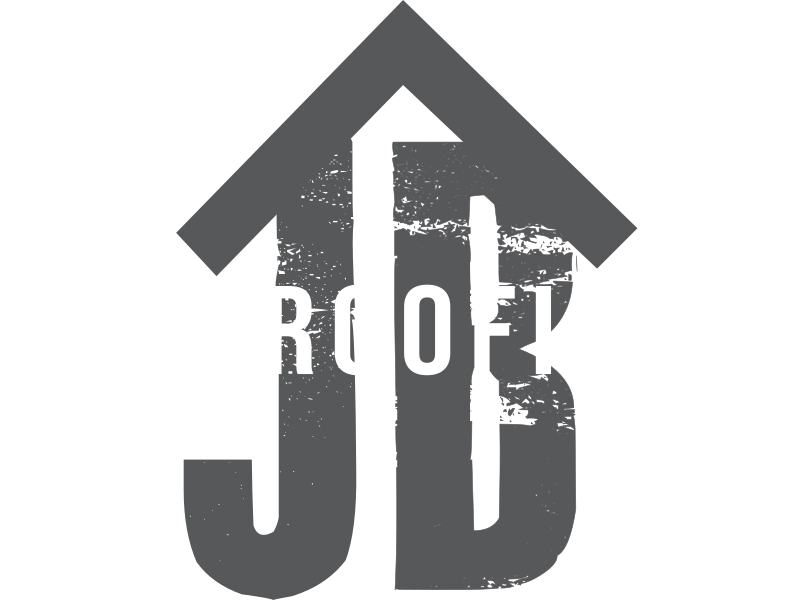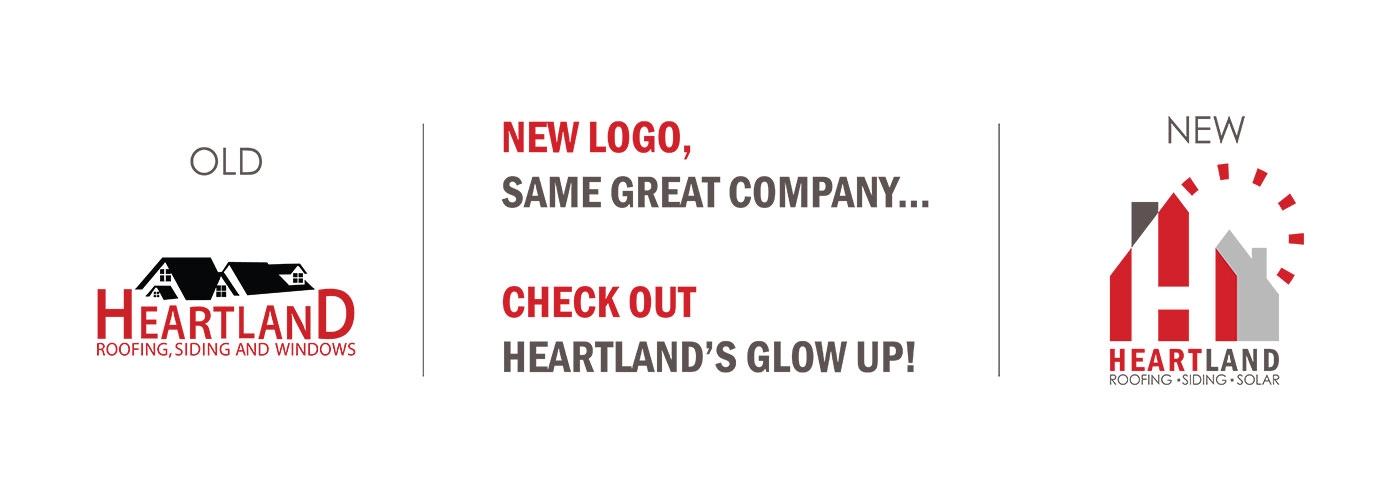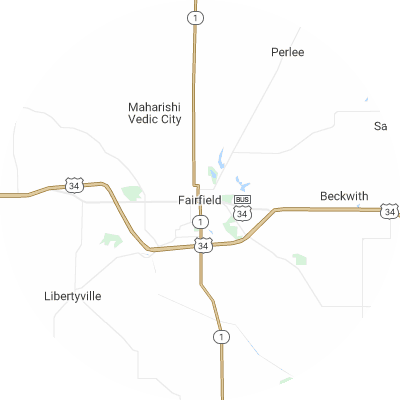Signs You May Need Gutter Guards
While gutter guards aren't always required, the symptoms of clogged gutters are usually clear. Signs of chronic gutter problems include:
- Soggy ground or visible erosion patterns around your house's foundation
- Visibly saggy, damaged, or misaligned gutters that no longer direct rainwater correctly
- Frequent clogs that cause overflow and water to spill over gutters
- Leaky seams or joints where water leaks out of gutters
- Mold growth, interior wall stains, or peeling exterior paint on walls near gutters.
How To Choose a Gutter Guard Installer
Assess Their Experience
Providers with years of gutter guard installation experience that have handled various styles and models will know how to take accurate measurements and install guards to your home’s unique dimensions. Reach out to these providers to learn about their experience and ask for local references.
Verify Proper Licensing and Insurance
Always confirm your gutter guard installers are licensed, bonded, and hold general liability insurance and workers compensation. This protects you from liability for any accidents or injuries that might happen. Ask to see current licensing and insurance papers when evaluating potential providers.
Choose Reputable Brands
Look for installers that offer leading trusted gutter guard brands such as LeafFilter and Gutter Helmet. Steer clear of companies that only offer generic no-name guards or their own off-brand products. These lesser-known products may not have the same level of rigorous testing as major brands.
Seek Custom Fit Services
For superior performance, gutter guards need to be sized and cut on-site to match your specific gutter setup. Select a company that uniquely sizes and cuts guards specifically for your home, rather than using generic guards. Correctly fitted guards will leave no gaps for debris to get stuck.
Examine Warranties
Top gutter guard companies usually offer 20-year or lifetime warranties that cover clogs, rust, leaks, and other issues. Before selecting a company, carefully read through the warranty terms for both workmanship and materials guarantees. Warranties are the most effective way to safeguard your investment into your gutters.
Check Reviews and Referrals
Take some time to look at online reviews on the Better Business Bureau (BBB), Google Reviews, Yelp, and other review sites to read customer feedback. Ask neighbors which companies they recommend for quality local gutter guard installation. When researching, look for providers with a history of steady positive reviews rather than just a single recommendation.
Types of Gutter Guards
The six most common gutter guard types are as follows:
- Brush guards are made of large brush bristles that partially obstruct your gutters, allowing water to pass through while catching debris. Brush guards cost roughly $4.04 per linear foot.
- Foam guards consist of pieces of foam that rest in your gutters to block debris. They're lightweight and easy to install. On average, you can expect to pay $2.46 per linear foot for foam guards.
- Screen guards have large holes that let water through while keeping out debris. Screen guards cost roughly $4.22 per linear foot.
- Mesh guards stop debris but allow water to flow through. Mesh guards have even smaller holes than screen guards. They're durable and allow debris to slide off rather than sitting on top of your gutters. On average, you can expect to spend $4.00 per linear foot for mesh guards.
- Micro-mesh guards have even smaller holes than mesh guards and let even less debris into your gutters than mesh. These types of guards are very effective. Micro-mesh guards cost roughly $5.09 per linear foot.
- Surface tension guards, also called reverse curve guards, use surface tension to encourage water to flow into your gutter system while debris slides off. Typically, they can be seen from the ground. On average, you can expect to pay $3.11 per linear foot for surface tension guards.









